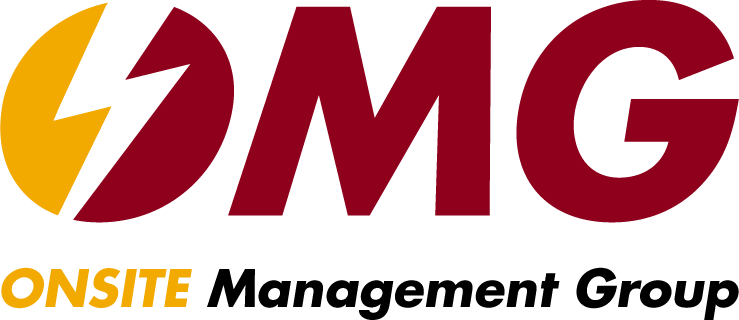Virtually all businesses use documents and reports to get their work done. Most businesses and companies are looking to streamline processes, increase productivity and improve efficiency. Document control is a key aspect of ISO standards, which many companies seek to adopt in an attempt to demonstrate reliability, quality, and other important traits pertaining to their services, products, and processes.
From contracts, tax and financial documents to complicated research reports, working with documents and content is now the backbone of modern organizations. As your business expands, organizing and securing crucial documents takes on greater emphasis. Having an effective document control process across your company is crucial to saving time and money.

What’s Document Control?
Document control is a series of practices that ensure your documents are created, distributed, reviewed, and disposed of in a verifiable and systematic manner. In most cases, adding document controls helps restrict access and protects the data from unauthorized or premature release and destruction. Document control is the foundation upon which we get compliance, integrity, accuracy, efficiency, and accountability.
Keep in mind that the term is also widely known and important in the context of various ISO standards. For instance, the ISO 9001:2015 standard mandates organizations to establish a robust documented procedure in order to control many aspects of documents, such as:
- Identification
- Protection
- Storage
- Retrieval
- Review
- Retention
- Approval
- Legibility
- Disposition
- Change tracking

Improving Document Control in Your Company
Any business or company dealing with large volumes of data knows and understands that improper and insecure document control processes can unnecessarily add several degrees of complexity to the organizational documentation process. The following is a brief overview of steps to consider when setting up your document control program.
· Create a Documentation Trail
As your documentation evolves, the infrastructure that houses it also needs to change. For example, a simple operation that handles two or three files may not need to go any further than a couple of desktop icons. However you need folders, metadata, tags, and further information to ensure that the file can be easily tracked down, even if it is listed among millions of others.
If you create a document trail, then you can easily and quickly reach your intended documents more efficiently than sifting through each folder. This system can also help you track which user accessed which file and folder and when. As a result, you can easily map the journey a specific document has taken.
· Procedures and Training
In many cases, formal document control procedures and policies are not common in many organizations. Therefore, before you shift to a new process or improve your current document control process, you ensure that all users are familiar with the processes and procedures.
· Define Document Access Roles
The larger a company gets, the less universal or standardized each document becomes. There will be a point where a document or report, most critical to one department in your company, may not be meaningful for another department. Every individual in your company has their own responsibilities and tasks and embedding document control expectations in those responsibilities creates accountability.
Even if a specific document is not important for another department, it still must be present in your system. You can set up your documents and reports with priorities for users and even user groups to control access.
· Controlled Access
Access control refers to the policies and mechanisms that control who is has access to resources and what they can do with those resources.
Your employees and even your auditor should be able to easily login to access approved documents and reports online. Next, your system is set up where users obtain different access privileges to files, devices, and other system resources. Finally, your operating system must enforce these access privileges. Users should not be able to read or change or modify data if a policy prohibits them from doing so.
· Automate the Process
One challenge to an ideal document control system is human error. Human error can have a significant and widespread impact on your products and services and your ability to remain compliant. Automating file management means every aspect of the user and group file lifecycle is an automated digital managed system so your IT department do not control the process.
Whether for regulatory compliance or intellectual property protection, your organization has data-use policies it should enforce. Only specific users and groups should have access to sensitive data and automating file management can establish access requirements on the spot.

Final Thoughts
Document management and control are a key part of any 21st-century business strategy. Today, there is a surplus of software options to meet both small and large organization’s needs. However, setting up a document/file control system goes beyond software alone.
Many leading organizations rely on OMG to transform critical business document processes where staff productivity thrive, and your documents have a secure home. We will evaluate your current document management and records program. Then, we recommend the most effective solution to ensure overall quality and preserve chain-of-custody. If you would like to learn more, please contact us.




